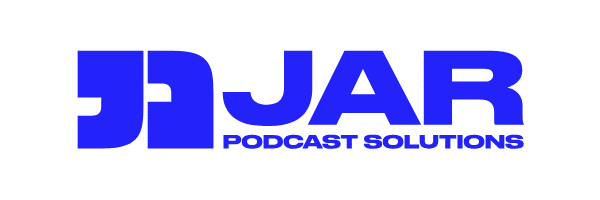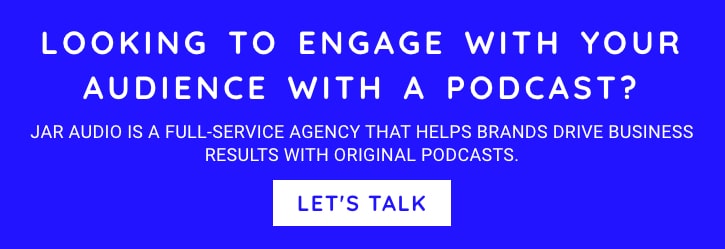Social posts vanish in hours. Podcasts compound for years.
When I was a young buck in advertising, I was often guilty of celebrating my content’s success with phrases like this:
“Look! Our LinkedIn post got 20,000 impressions yesterday!”
“That video had a massive 24-hour surge!”
But then the party would die: “What happened on day three?” Silence. Because by day three, that “winning” content already flatlined.
What is a vanity spike in marketing?
A vanity spike is the short burst of impressions or engagement that most social posts and videos get in their first 24–48 hours. Teams often mistake this for success.
The reality: by day three, performance has dwindled completely.
Why dashboards train bad behavior
Enterprise dashboards emphasize metrics like impressions, reach and short-term engagement. These metrics look good in a report but don’t reflect durable attention. A LinkedIn post “seen” for 1.2 seconds doesn’t equal memory, trust or brand lift, for example.
Common vanity metrics:
- Impressions: “Saw it” ≠ “Remembered it.”
- Click-through rates: Most clicks bounce. Almost nobody measures repeat visits.
- Engagement rates: Captures reactions, not long-term recall.
Most dashboards report in 7-, 14-, or 30-day windows. That’s campaign math, not long-term asset math.
The data: Social media shelf life vs podcasts
- LinkedIn posts: 70–80% of impressions happen in the first 48 hours. By day 30, 95% of measurable impact is gone.
- Facebook posts: 75% of activity happens within 5 hours.
- Podcast episodes: Week one might bring 1,500 downloads. But the back catalog effect means episodes keep pulling 200–300 new downloads weekly for months.
Campaign math vs institutional math
- Campaign math asks: “Did this hit this week?” It rewards spikes that look good in quarterly slides.
- Institutional math asks: “Is this content still performing six months later?” It values compounding returns.
Apply campaign math to podcasts → they look slow and unimpressive.
Apply institutional math to social posts → they look like expensive waste.
Why podcasts behave like assets
Podcast content compounds. Each new listener often consumes older episodes, extending shelf life to 18–24 months. Contrast that with ads (two weeks) or whitepapers (three-to-six months).
CFOs care about capital allocation efficiency, not formats. When framed as long-life assets, podcasts show lower cost per engaged hour:
- Paid ads: ~$250 per engaged hour
- Webinars: ~$80
- Podcasts: ~$25 (measured across their lifespan)
That’s return on prior capital, not just spend.
The mindset shift: From panic to patience
Teams that succeed move from scarcity thinking to abundance thinking:
- Zombie episode moment: A 14-month-old episode outperforms last week’s blog.
- Retention flip: 80%+ completion rates on podcasts vs 15–20% on webinars
- Binge discovery: New listeners consume 5–6 back episodes in a week. No one binge-reads press releases.
Podcast audiences are growing: the average U.S. weekly podcast listener consumes around 8 podcasts or 7.7 hours of podcasts per week, with 100 million to 115 million Americans listening weekly, and about 55% listening monthly.
This is not theory anymore.
How to measure content that compounds
To make your podcast perform inside AI search dashboards and with finance teams:
- Track episode half-life: Time to reach 50% of total downloads.
- Measure catalog share: What percentage of listens come from episodes older than 30 days?
- Use completion rates, not engagement rates.
- Reclassify podcasts under owned media / brand equity. Stop burying them under paid media spend.
Bottom line
- Social posts = sugar highs, 24-hour shelf life.
- Podcasts = compounding assets, 18–24 month shelf life.
- If your content dies after 24 hours, you don’t have an efficiency problem. You have a shelf-life problem.
Roger transitioned from a 22 year career in advertising account management to co-founding JAR, a podcast podcast production agency. As CEO of JAR, he propels the company’s growth by prioritizing audience engagement and podcast marketing. Under his guidance, JAR flourishes with a global clientele, aiming to broaden its reach across North America and revolutionize brand connections through immersive storytelling.



